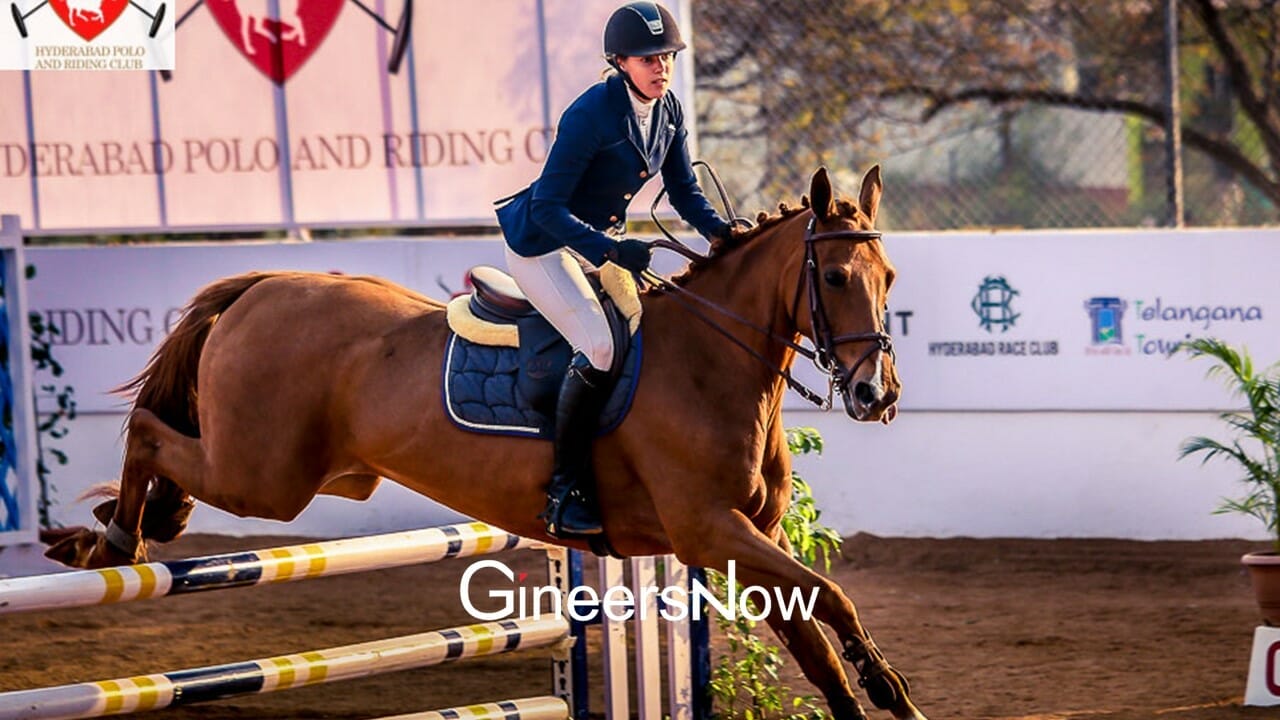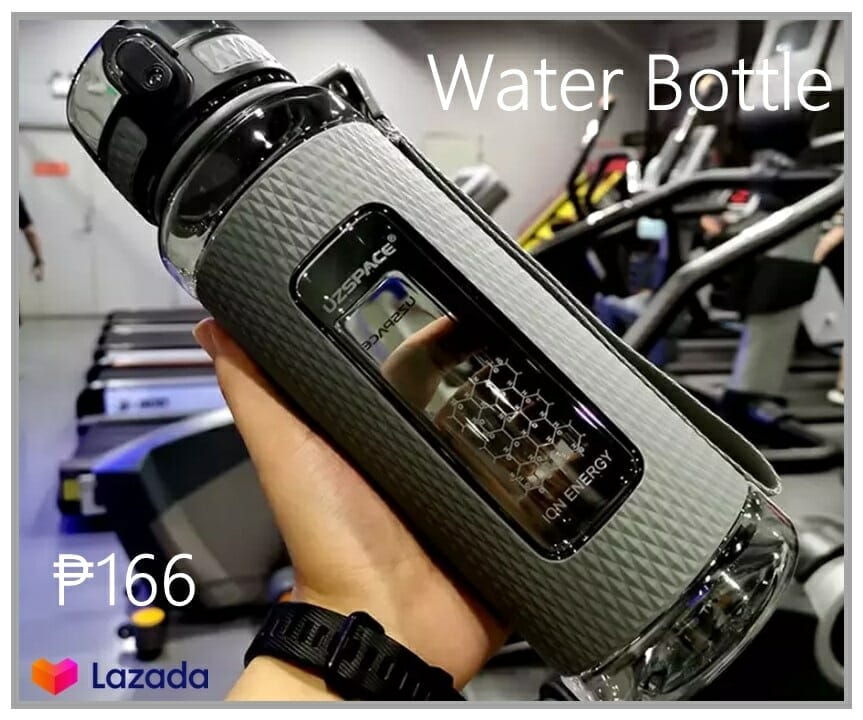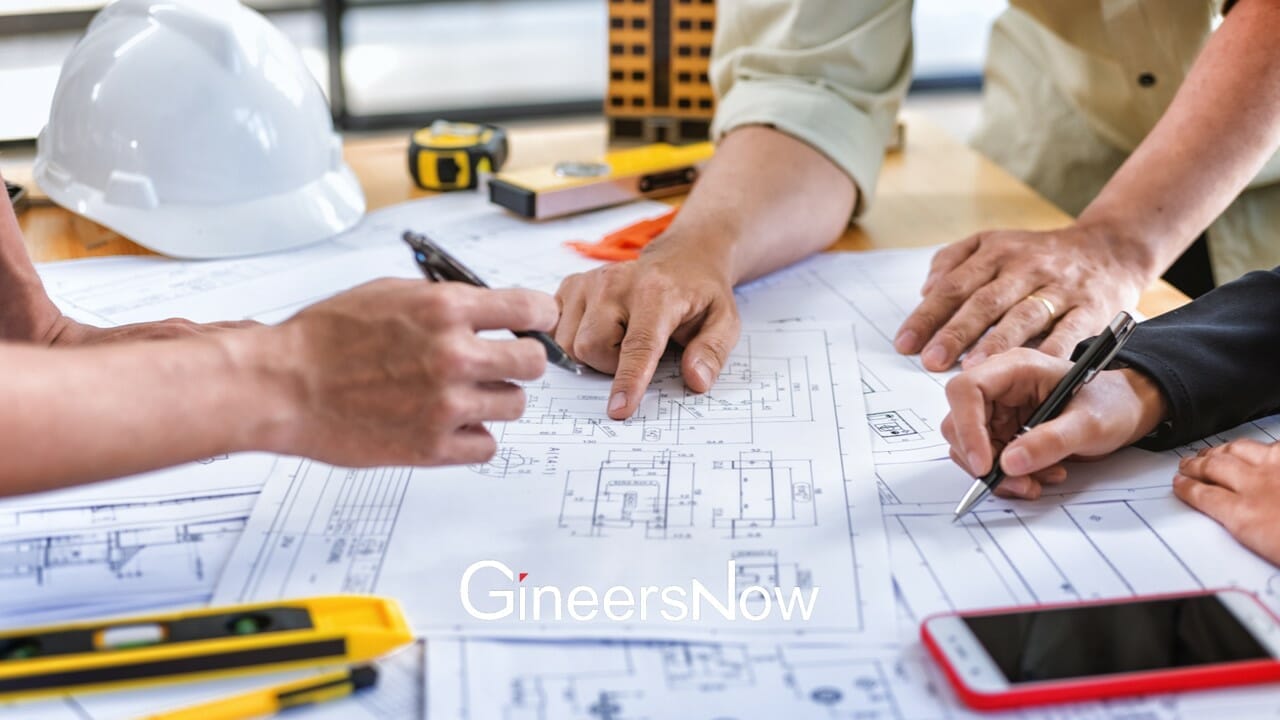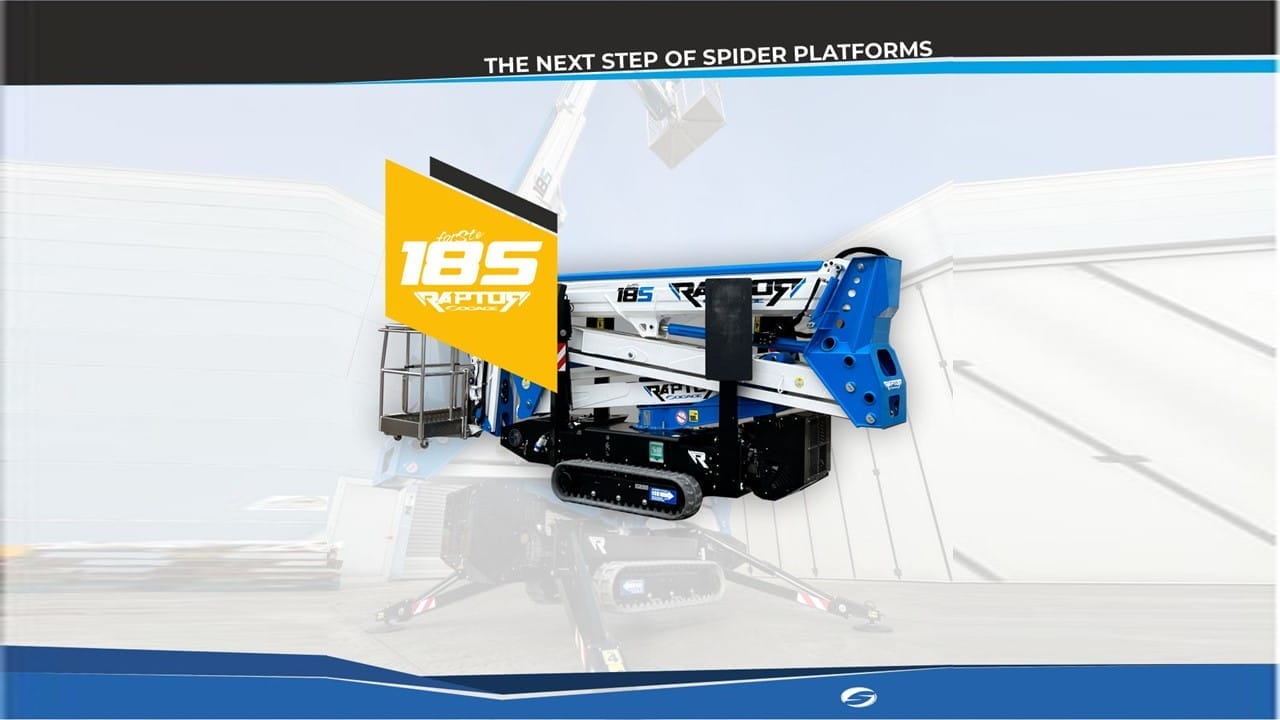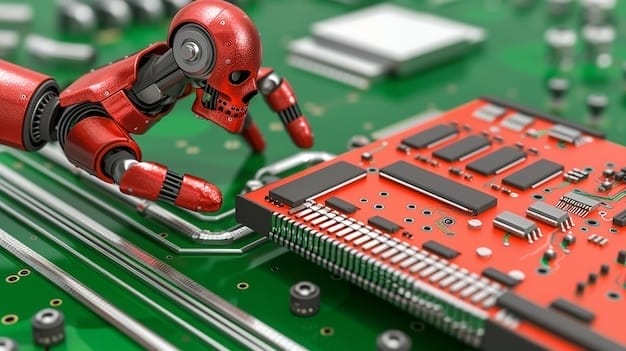As the horse and rider become one unit, it is important that their equipment is well-matched. This means finding the perfect saddle, which can be a challenge since each horse has a unique build. However, there are some engineering principles in equestrianism that can be applied in order to find the best possible fit.
Equestrianism is a high-octane sport; sitting astride half a ton of prey animal and trusting it to behave is not for the faint-hearted. There’s a whole lot of horsepower in even the smallest of Shetlands, so when it comes to the likes of a powerful showjumper or an excitable racehorse, there’s a lot more risk involved.
It’s partly because of this that there has been so much innovation in making equestrian sports safer, both for horses and riders. Technology and engineering have made it possible to compete at increasingly challenging levels without compromising on safety.
Here are some of the most fascinating bits of engineering from the past few years.
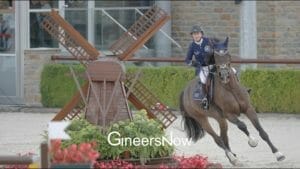
Starting Gates
Anybody who pays attention to races horses today will know that there’s an enormous amount of engineering that goes into keeping these four-legged athletes safe and one of the most important parts is the starting gates.
Horses racing on the flat are loaded into starting stalls to ensure fairness. When gates were first introduced to racing, it proved fatal when horses reared up and over in the stalls, so engineers got to work solving the problem of making gates safer.
There are lots of different gate manufacturers around nowadays, but Steriline is a particularly popular brand thanks to its pioneering safety technology. It’s engineered starting gates with an entry point of 135 degrees, the widest in the world. This wide entry feels less intimidating for nervous loaders and helps to massively reduce injuries when loading.
The engineering doesn’t stop once a horse is inside the gates, though. Each stall is lined with padding that’s extensively tested at Bridgestone Labs and found to be three times as effective at absorbing impact than previous gates. This means that if horses do happen to get a knock in the gates, they’re far less likely to be injured.
Finally, the problem of horses rearing up and over only to get stuck has been solved with a simple safety release handle. Suitable for both back and front gates, they ensure that no horse ever needs to get stuck again, preventing injury for all humans and equines involved.
Rider Safety Tracker
One of the biggest safety concerns for riders is being traceable when out on a solo ride. A fall from a horse can result in life-threatening injuries, even if the rider is wearing a helmet and back protector.
Some riders have been using apps such as Find Friends Pro to share their whereabouts, but for Tanner Oliphant, this app was missing a key element: how do you know if horse and rider are still together?
He set about developing a piece of wearable tech that would connect to a mobile app, allowing you to know instantly if horse and rider parted company. This ingenious piece of kit was released last month and has already been downloaded several times by safety-conscious riders.
The EquineTrac product works by fitting a small wireless sensor to a saddle, numnah, or martingale. The rider needs to download the EquineTrac mobile app and enable Bluetooth, then, if the horse and rider part company, the device immediately alerts their emergency contacts.
Not only that, but it will also include the GPS location of the fall so that the rider can be easily found.
Even if the Bluetooth connection fails, riders can access the second layer of protection by manually pushing the stop button. The sensor is turned on just once and has a unique code that is assigned to one rider’s account. So, in the case of busy yards with lots of riders, everyone has a unique ID that won’t interfere with other sensors.
Takeaway: Engineering for Equestrianism
Horses are magnificent creatures that have been used by humans for transportation, warfare, and labor for centuries. In recent years, however, horses have also become popular athletes, competing in disciplines such as dressage, show jumping, and eventing. As horse sports have become more popular and competitive, so has the need for engineering solutions that can help improve equine performance.
Some of the engineering challenges faced by those who work in the equestrian world include designing better saddles and horseshoes, developing new methods of training and exercise, and creating better facilities for housing and caring for horses. engineers are also working on developing new technologies that can be used to monitor horses’ health and track their progress during competition.
The goal of all these efforts is to help make horseback riding safer and more enjoyable for both horses and riders.
First, it is important to consider the horse’s conformation or physical build. This will help to identify any potential areas of discomfort and ensure that the saddle fits properly. Second, the rider’s weight and riding style must be taken into account. A heavier rider will need a different saddle than a lighter rider who uses a more gentle riding style. Finally, the type of activity that the horse will be doing must be considered. This will help to determine the size and shape of the saddle as well as any special features that may be needed.


